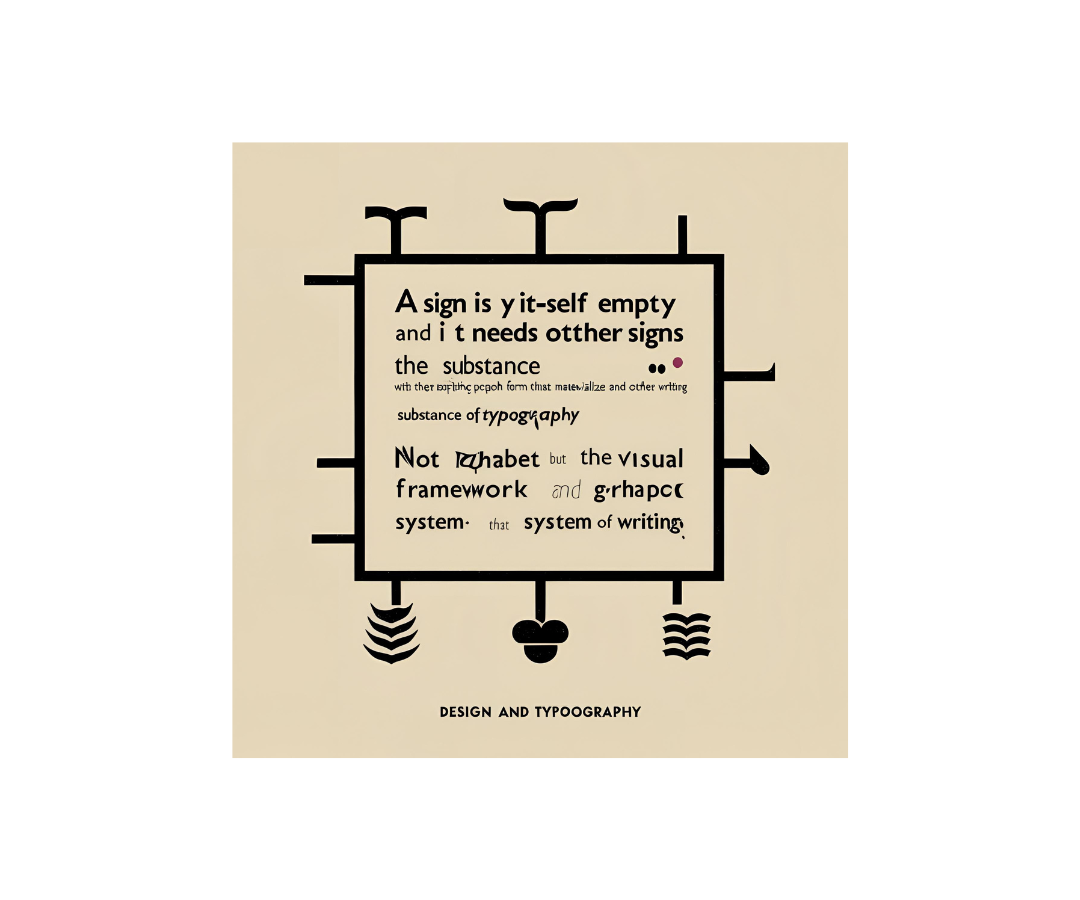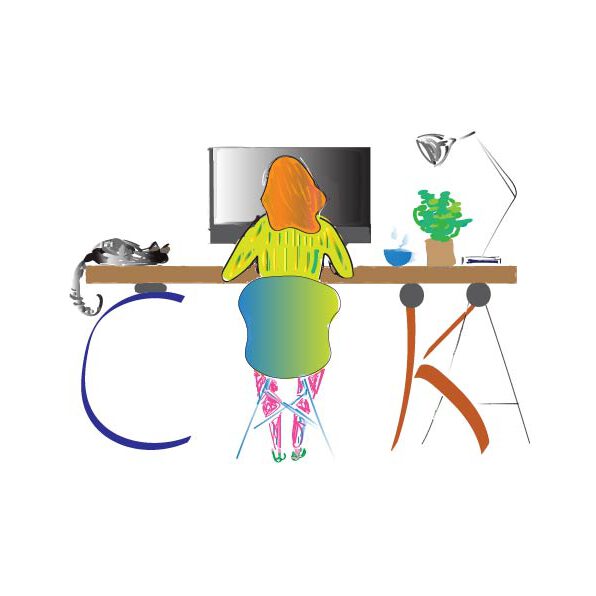
Week 6
Lecture: Stuart Tolley & Andrew Sanigar (Thames & Hudson)
Interview of Andrew Sanigar
- Close relationship between author and publisher
- Research objectives
- Ethonographic research:
- Example Richard Mosse film and photography in the Democratic Republic of Congo:
- 1. He usually starts with the forms and medium he wants to use (photographic)
- 2. work backwards: How can I use this to engage with/reveal/communicate with?
- -> in his Ethnographic research in Congo he observed several groups such the rebels and military -> no simple answers for the conflict
- – sublime -> making visible outside of language what exists (see Art-> Edmund Burke: “sublime as an artistic effect productive of the strongest emotion the mind is capable of feeling”)
- – irony/ambiguity between subject that underwrites places and the aesthetic and beauty of those places in Congo
- – good photographs make one reflect
What makes a good visual culture book concept?
- having a clear audience -> why they want or need the book?
- how communicating that want or need?
- – format, positioning, packaging
- How much might they pay for the book
- platform for the book
- depends on the subject if global audience (or for ex. regional even book published in English)
Do you expect authors to be an expert in their field?
- author brings knowledge to the project + publisher his expertise => distill into commercially appealing form
Common hurdles (ex. marketing potential, sales) when presenting a book to the Thames & Hudson team?
- most challenging books are “survey books”: need to work hard to make a case for why this book because usually for only info people can look up Pinterest or Tumblr
What do printed books have/can do that digital tech can not?
- experience design
- something that adds something on top of the things you would see online
- curation, editing, reliability -> it’s more than just information
- inspired vs. informed
- comeback of analogue photography -> makes you look closer when taking the pics
- challenge will be how to create books for generation Z that is completely embedded in the digital
- for ex: practical book comeback
Irma Boom: A tribute to Coco Chanel
- Boom was asked to design a book for Chanel No. 5
- she created a book with white pages: textured, relief and embossed/engrossing
- like the invisible parfum Chanel No. 5 -> invisible book
- in digital this book would be nothing
- book has proportions of Chanel No. 5 bottle
Lupton, E. and Miller, A., (1996) Design, Writing, Research: Writing on Graphic Design
Jaques Derrida: theory of deconstruction = mode of questioning and about technologies and social institutions
Deconstruction …
- strategy of critical form-making
- writing as an active form of representation not just transcription of spoken word
- any memory system is a form of writing as it records info for purpose of future transmissions
- Grammatatology = study of writing as distinctive form of representation => deconstruction is crucial mode of research and questioning (and within it are forms or processes of typography and graphic design)
Post-structuralism…
writers looked at modes of representation such as photography and how they build/remake social world
- example Poster: Typography as Discourse by Allen Hori
- openness of meaning
- interior self constructed by external systems and techn.
- MoMa exhibit 1988: Deconstructivist Architecture
- 1990: P. Meggs how-to guide for would-be deconstructivists in the magazine Step-by-Step Graphics
Deconstruction is not a historical style or period but rather a critical process – an act of questioning
- A sign is by it-self empty and it needs the context with other signs
- substance of typography not alphabet but the visual framework and graphic forms that materialize system of writing (Design and typography are at the edges of writing)
- books: Modern Typography by Robin Kinross; Photography Between Covers. The Dutch Documentary Photobook after 1945 by Fred Struving
Typography and writing are informed by deconstruction -> examine structures that dramatise intrusion of visual form into verbal content; invasion of ideas by graphic marks, gaps and differences
history of typography informed by deconstruction would mean…
graphic design has revealed, revised and ignored accepted rules of communication



No Comment